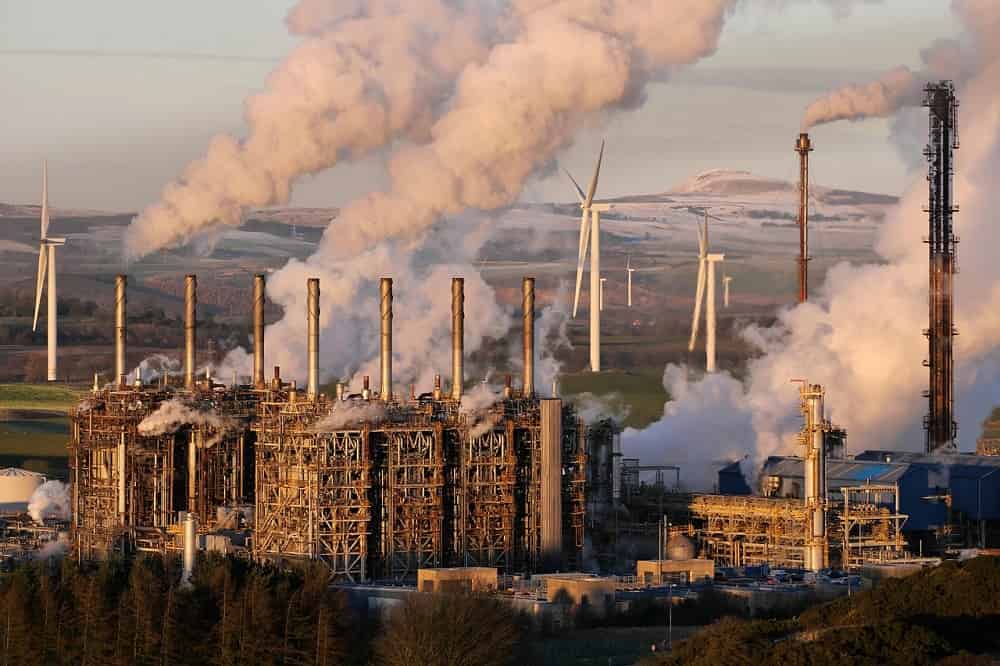Ever wondered about the mysterious origins of petroleum, buried deep beneath the barren deserts? It's a tale as ancient as time itself, shrouded in the enigma of nature's evolution. Picture this: eons ago, where the vast, arid sands now stretch endlessly, there lay an expansive sea teeming with life. Among its depths, lush vegetation flourished, and myriad aquatic creatures roamed freely.
But time, the relentless sculptor of landscapes, wrought its changes. Millennia passed, and seismic shifts altered the face of the Earth. The once-vibrant sea vanished, leaving behind only echoes of its former glory. As the waters receded, the remains of flora and fauna sank into oblivion, buried beneath layers of sediment.
Yet, nature had one final transformation in store. Over millions of years, under the weight of the Earth's embrace, the organic remnants underwent a metamorphosis. Pressed by the unfathomable pressures of the Earth's crust and subjected to intense heat, they underwent a miraculous alchemy, transmuting into the liquid gold we now know as petroleum.
But why, you may wonder, does this precious resource emerge only from the depths of desolate deserts, shunning the verdant embrace of forests? The answer lies in the echoes of history. These barren lands were once the ocean's domain, and it is here that the legacy of ancient seas still whispers beneath the sands. Petroleum, a relic of a bygone era, emerges only from those hallowed grounds where the sea once held sway, its secrets buried deep within the Earth's surface.
What is Petroleum?
In basic terms, Petroleum, also known as crude oil, is a liquid that occurs naturally beneath the Earth's surface. It develops over millions of years from the decay of ancient plants and marine life buried under sediment layers. Under intense pressure and heat deep within the Earth, these organic materials change chemically into hydrocarbons, which are the main elements of crude oil. Eventually, the oil moves through porous rock layers until it gets confined in underground reservoirs, where it can be obtained by drilling.
Origins of Underground Petroleum
Exploring the origins of underground petroleum seems like a fascinating journey into the depths of our planet to understand the origins and formations of petroleum. This exploration likely involves delving into various scientific disciplines such as geology, chemistry, and physics to uncover the processes that lead to the creation and accumulation of petroleum deposits underground.
The journey might start with an exploration of the geological history of the Earth, tracing back millions of years to understand the conditions that favored the formation of petroleum. It would involve studying the organic matter that gets buried and transformed over time into hydrocarbons, the building blocks of petroleum.
Furthermore, exploring the different types of rocks and sedimentary formations where petroleum reservoirs are found would be crucial. This might include investigating ancient oceans, riverbeds, and other environments where organic material accumulates and gets transformed under pressure and heat into oil and gas.
Additionally, understanding the role of microorganisms in the formation and degradation of petroleum could shed light on the complex processes involved. Researchers might also delve into the techniques used in modern petroleum exploration, such as seismic imaging and drilling, to locate and extract these hidden treasures.













0 comments:
Post a Comment